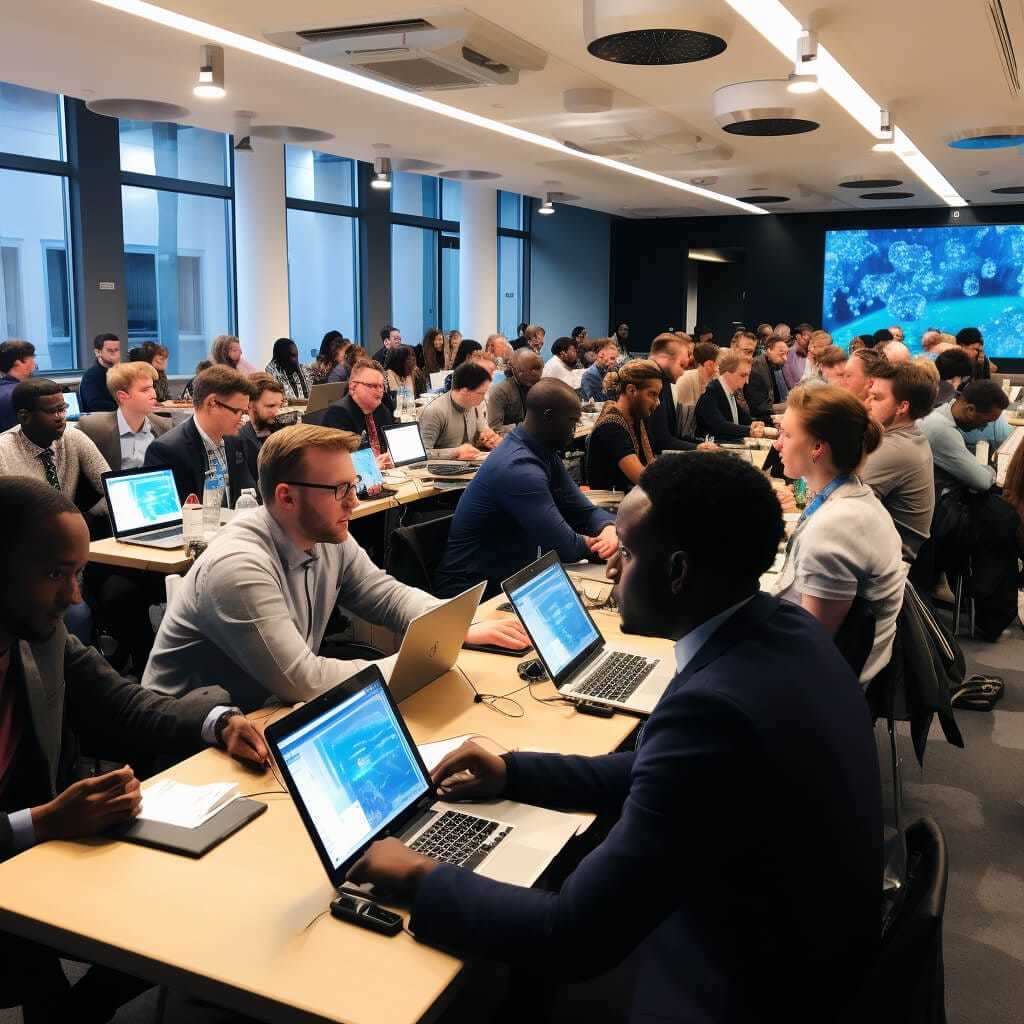In the ever-evolving landscape of education, the integration of artificial intelligence (AI) has emerged as a potential solution to alleviate the burdens placed on educators. While AI promises to streamline various processes, including grading and assessments, a critical factor often overshadowed is the importance of close human supervision to ensure effective implementation. A recent statement from a leading UK exam board emphasizes the essential equilibrium between automation and human oversight in the education sector.
Efficiency and challenges
Artificial intelligence has exhibited its prowess in revolutionizing numerous industries, and education is no exception. One of the most promising aspects of AI in education lies in its ability to automate tasks, particularly the time-consuming and repetitive act of grading assignments and tests. Educators can redirect their efforts toward more personalized and interactive student engagement by delegating such routine responsibilities to AI systems.
Human oversight
While AI holds significant promise, the necessity for human supervision cannot be overstated. The effectiveness of AI in education is contingent upon maintaining a careful balance between technological automation and human judgment. Despite their advancements, AI systems are not infallible and may produce inaccurate results or fail to comprehend the intricacies of student responses. Close human oversight is pivotal in ensuring the precision and reliability of AI-generated assessments.
Accuracy and adaptability
Human supervision also addresses the adaptability of AI systems within the dynamic realm of education. Ever-evolving curricula and pedagogical approaches mark the field. Unlike AI, human educators can make context-driven judgments, embrace novel teaching methodologies, and detect subtleties that automated systems might miss. By blending the efficiency of AI with human expertise, education can capitalize on the speed of automation and the insight of human intuition.
Collaboration is the key
The synergy between AI and human educators underscores the collaborative nature of the future of education. Instead of viewing AI as a mere substitute for teachers, it should be regarded as a complementary tool that enhances their effectiveness. AI’s ability to process copious amounts of data and identify patterns offers educators valuable insights into student performance and learning trends. Educators can make informed decisions about instructional strategies catering to diverse learning needs with this information.
Addressing biases and limitations
Human supervision also counteracts the inherent biases AI systems might inadvertently perpetuate. These biases stem from the historical data on which AI algorithms are trained. Educators are crucial in critically evaluating AI-generated content and assessments to ensure impartiality, fairness, and alignment with educational standards. This collaborative approach is essential in upholding the integrity of education and ensuring equal opportunities for all students.
Educators as architects of AI implementation
As educational institutions contemplate the integration of AI, educators’ role transcends the boundaries of the classroom. Educators must actively contribute to the design and implementation of AI tools. Their insights and expertise are instrumental in shaping AI systems harmonising with educational goals and values. By collaborating with developers, educators can help shape AI solutions that cater to the specific needs of both teachers and students, ultimately enhancing the overall educational experience.
Looking ahead: Striking the balance
The potential of AI to alleviate teacher workload is undeniable. However, realizing this potential necessitates a balanced approach seamlessly incorporating automation and human supervision. A prominent UK exam board’s recent assertion highlights this symbiotic relationship’s significance. As AI technology continues to evolve, educators, policymakers, and technologists must collaborate to harness its benefits while ensuring its ethical and responsible use. By striking the right equilibrium between AI’s efficiency and human insights, the education sector can achieve new heights of effectiveness and innovation.





